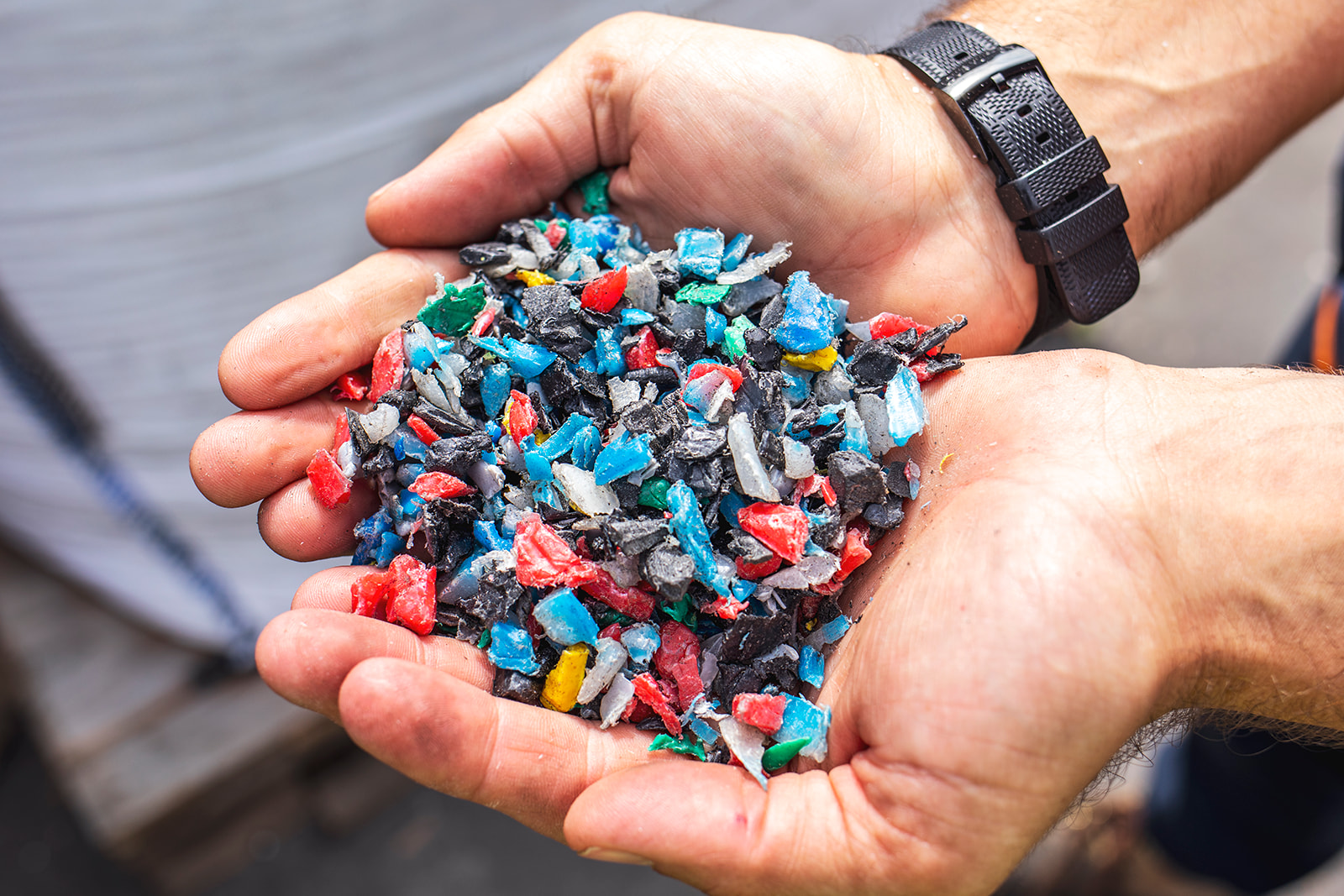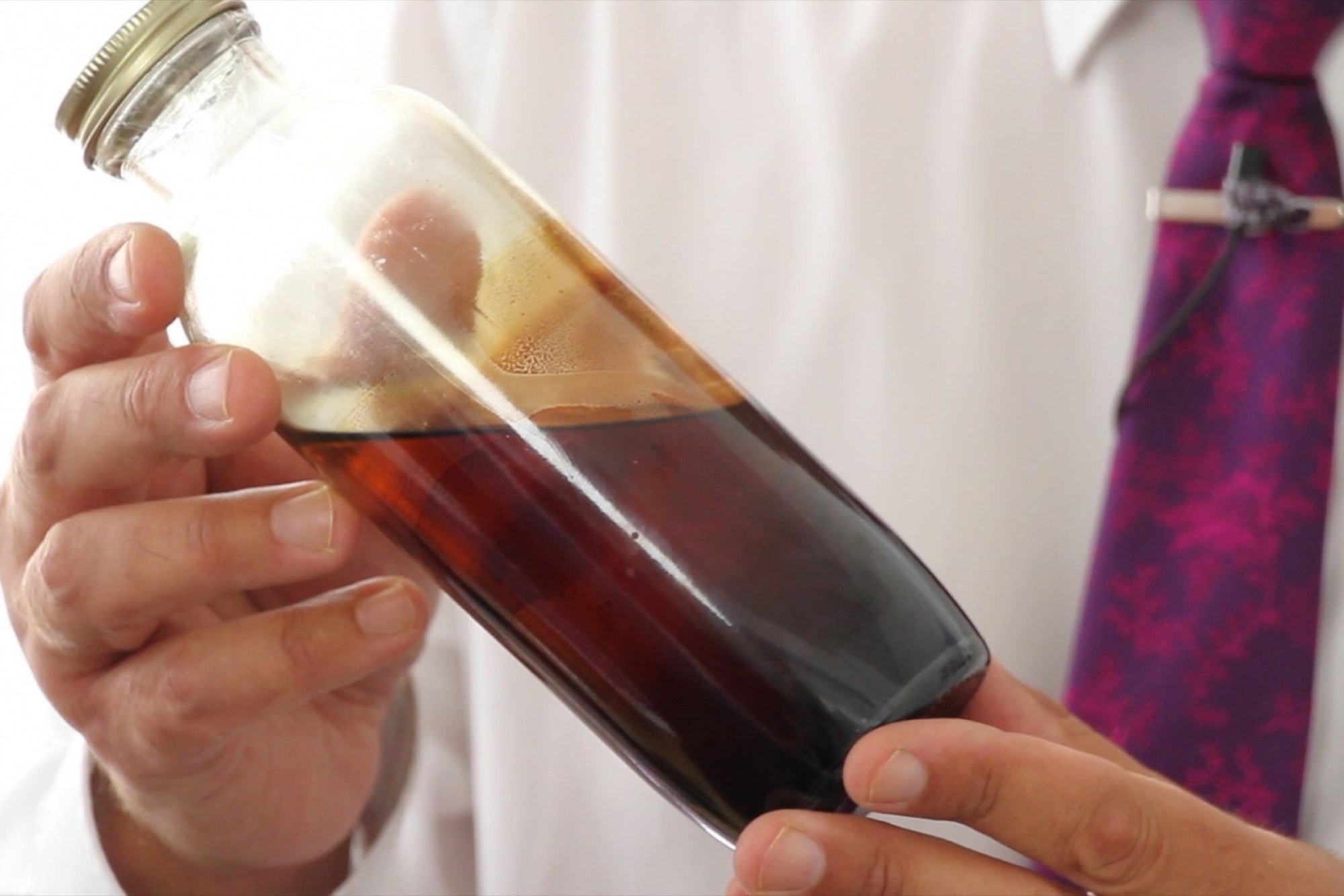The ever-increasing global consumption of plastic has led to a crisis in waste management, with landfills reaching their limits and environmental concerns escalating. In this article, we explore the transformative potential of plastic pyrolysis as a groundbreaking solution for rescuing resources and optimizing landfill space. By delving into the science, technology, benefits, and challenges associated with waste plastic pyrolysis plant, we aim to shed light on a sustainable pathway forward in waste management.

Plastic – Bolton Brothers
The Plastic Predicament
Plastic pollution has become one of the most pressing environmental challenges of our time. The durability and versatility that make plastic a valuable commodity also contribute to its persistence in the environment. Single-use plastics, packaging materials, and discarded consumer goods collectively form an ever-growing mountain of waste that ends up in landfills.
Landfills, once considered a convenient solution for waste disposal, now pose a significant threat to the environment. They emit harmful greenhouse gases, contaminate soil and water, and often reach capacity faster than anticipated. Plastic waste, in particular, exacerbates these issues due to its slow degradation and negative impact on ecosystems.
Enter Plastic Pyrolysis
Pyrolysis machinery stands out as a promising technology in the quest for sustainable waste management. Pyrolysis is a process that involves breaking down organic materials in the absence of oxygen, and when applied to plastic, it can transform this persistent waste into valuable resources. Let’s explore the key aspects of plastic pyrolysis and how it contributes to landfill space optimization.
1. The Science Behind Plastic Pyrolysis
The plastic pyrolysis process typically involves heating plastic waste to high temperatures in the absence of oxygen, causing it to break down into smaller molecular components. These components can be further refined to produce fuels, chemicals, and other valuable products. The absence of oxygen in the process prevents the formation of harmful byproducts such as dioxins and furans.
The primary types of plastic suitable for pyrolysis include polyethylene, polypropylene, and polystyrene. These plastics are commonly found in packaging materials, disposable items, and various consumer goods.
2. Technology in Action: Pyrolysis Reactors
Pyrolysis reactors are at the heart of plastic pyrolysis technology. These reactors come in various designs, but they generally share the objective of providing controlled conditions for the thermal decomposition of plastic waste. Some common reactor types include fixed-bed reactors, fluidized-bed reactors, and rotary kilns.
These reactors operate at specific temperatures and durations tailored to the types of plastic being processed. The resulting outputs include liquid fuels (such as pyrolysis oil), gases, and a carbon-rich residue known as char.
3. Landfill Space Optimization: A Dual Benefit
The transformative power of plastic pyrolysis lies in its ability to address both the plastic pollution crisis and the challenge of optimizing landfill space. Here’s how:
Resource Recovery: By converting plastic waste into valuable resources such as pyrolysis oil, the process extracts economic value from materials that would otherwise contribute to landfill expansion. This resource recovery aspect not only reduces the volume of waste but also lessens the demand for virgin fossil fuels.
Reduced Landfill Volume: The conversion of plastic waste into fuel and other products significantly reduces the volume of material that needs to be landfilled. This not only extends the lifespan of existing landfills but also mitigates the need to establish new landfill sites, thereby preserving valuable land and ecosystems.

waste plastic to oil
The Benefits of Plastic Pyrolysis in Landfill Space Optimization
Extended Landfill Lifespan: As plastic pyrolysis reduces the volume of plastic waste destined for landfills, it extends the operational lifespan of existing landfill sites. This buys time for the development and implementation of more sustainable waste management practices.
Resource Maximization: Plastic pyrolysis unlocks the latent energy in plastic waste, converting it into valuable resources such as pyrolysis oil, syngas, and char. These products can be utilized as fuel sources, chemical feedstocks, or even as construction materials, contributing to a circular economy and minimizing the extraction of new resources.
Economic Opportunities: The recovery of valuable resources through plastic pyrolysis creates economic opportunities in industries related to energy, chemicals, and manufacturing. Entrepreneurs and businesses can capitalize on these opportunities, fostering innovation and job creation.
Green Energy Production: The pyrolysis oil and syngas produced during the process can serve as alternatives to traditional fossil fuels. By incorporating these green energy sources into existing energy infrastructure, plastic pyrolysis contributes to the reduction of greenhouse gas emissions and the transition toward a more sustainable energy landscape.
Reduced Environmental Impact: Traditional plastic disposal methods, such as incineration and landfilling, contribute to environmental pollution and climate change. Plastic pyrolysis minimizes these negative impacts by converting plastic waste into valuable resources without harmful emissions when properly executed by continuous pyrolysis reactor.
Challenges and Considerations in Plastic Pyrolysis for Landfill Reduction
While plastic pyrolysis holds immense potential, it is essential to address the challenges and considerations associated with its implementation:
Feedstock Quality and Contamination: The effectiveness of plastic pyrolysis is influenced by the quality and composition of the plastic feedstock. Contaminants in the form of non-plastic materials can affect the process and the quality of the end products.
Economic Viability: The economic viability of plastic pyrolysis projects depends on factors such as the market value of the end products, operational costs, and government incentives. Ensuring that these projects are financially sustainable is crucial for their long-term success.
Scale and Infrastructure: The successful implementation of plastic pyrolysis on a large scale requires significant infrastructure investment. Establishing efficient collection systems, processing facilities, and distribution networks is essential for maximizing the impact of plastic pyrolysis.
Public Perception and Awareness: Building public trust and awareness around plastic pyrolysis is crucial for its acceptance as a viable waste management solution. Clear communication about the environmental benefits and safety measures associated with the technology is essential.
Regulatory Frameworks: Establishing supportive regulatory frameworks that encourage the adoption of plastic pyrolysis is critical. Governments play a key role in providing incentives, setting standards, and ensuring that the technology aligns with broader waste management goals.
Case Studies: Plastic Pyrolysis Success Stories in Landfill Space Optimization
Japan: Japan has been at the forefront of plastic pyrolysis initiatives, with several pilot projects successfully transforming plastic waste into valuable resources. These efforts contribute to Japan’s commitment to sustainable waste management and reducing reliance on landfills.
Germany: Germany has implemented plastic pyrolysis technologies as part of its waste management strategy. The country’s focus on resource recovery and energy production aligns with the principles of a circular economy.
United States: Various regions in the United States have embraced plastic pyrolysis technologies to address the challenges of plastic waste and optimize landfill space. Innovative projects aim to demonstrate the feasibility and benefits of large-scale plastic pyrolysis.
Conclusion: A Paradigm Shift in Waste Management
Plastic pyrolysis represents a paradigm shift in waste management, offering a dual solution to the challenges of plastic pollution and landfill space optimization. By harnessing the transformative power of pyrolysis technology, we can rescue resources from the clutches of landfills, create economic opportunities, and pave the way for a more sustainable and circular approach to plastic waste. Beston products have some types of this machine. See the details.
As we stand at the crossroads of environmental responsibility and technological innovation, plastic pyrolysis emerges as a beacon of hope in the global fight against plastic pollution. With continued research, investment, and collaboration, we can unlock the full potential of plastic pyrolysis and usher in a new era where waste is not just managed but transformed into valuable resources for a brighter, greener future.